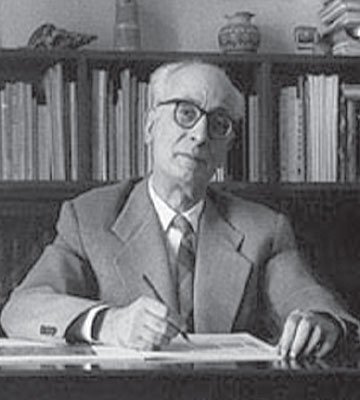- EN English
- Login
-
Born in Cairo in 1899, he nevertheless grew up in Karystos and Chalkis, where his father worked as a jobbing engineer. Biris was one of the first to graduate from the newly instituted School of Architecture at the N.T.U.A. in 1921.

He worked alongside his professor, Ernest Hébrard in designing the historical centre of Thessaloniki, following the destructive fire of 1917, and at the Town Plan Committee for Athens. At the start of his career he also worked as a freelance architect. In 1925 (after taking part in the Asia Minor Campaign), he was appointed as Divisional Head for Town Planning for the Municipality of Athens and was later promoted to Director of Technical Services for the Municipality, a position he maintained up to 1965.
He was one of the major scholars of the history of the city of Athens and its evolution from a town planning point of view. He authored approximately 20 studies and books and over 800 articles, which he personally distinguished as Athenian and Historical-Descriptive. A selection of these includes: The first plans for the city of Athens, their history and analysis, 1933; Athenian Studies, three volumes (1938-1940); Old Athenian churches, 1940; Athenian Place Names, 1945; Place names of the city and environs of Athens, 1971; A plan for the Reconstruction of the Capital, 1946, A history of the National and Technical University of Athens, 1957; The Attica of Evlia Celebi. Athens and its environs during the 17th century, 1959; Stamatios Kleanthis, 1959; and The false reconstruction of our Monuments, 1960. His two-volume work On modern Athens. Studies and Struggles (1958) included articles and publications in newspapers and periodicals. His work Athens is the first substantial research undertaken on the history of latter-day Greece.
In 1938, together with H. Johannes, he organised an exhibition of photographs and surveys of the major buildings of Athenian Classic era. The book of illustrations that accompanied this exhibition serves now as a singular testament to the urban buildings of the 19th century.